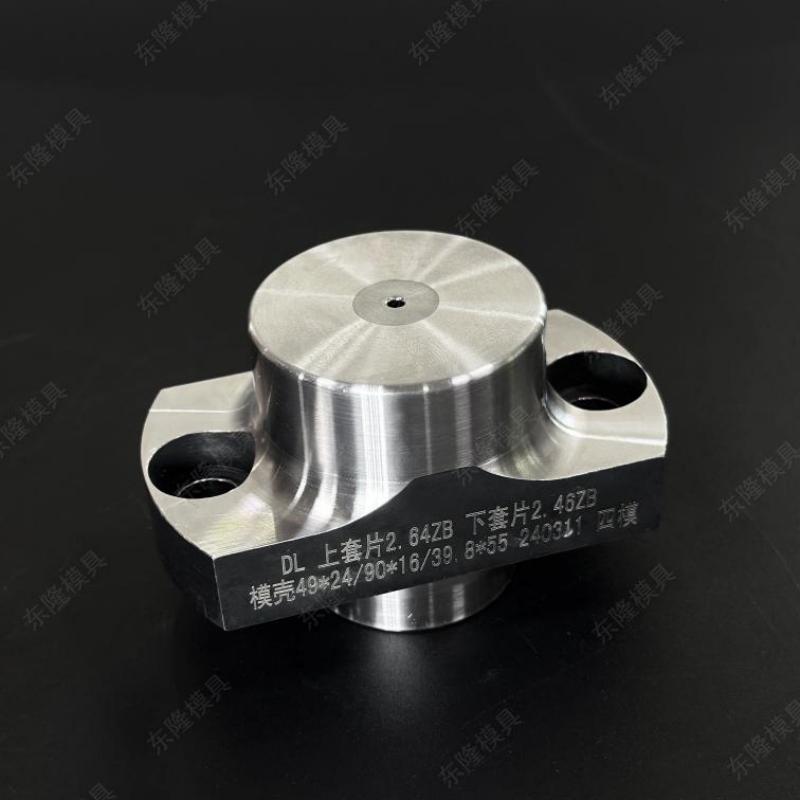In the fastener manufacturing industry, precision, durability, and consistency are essential. One of the most critical tooling components in cold forming is the Tungsten Carbide Nut Die. Choosing the right die can significantly improve production efficiency, extend tool life, and ensure consistent product quality. This guide outlines the key considerations when selecting the ideal Carbide Nut Die for your application.

1. Understand Your Nut Type: Shape Determines Die Design
The first step is to determine the type of nut being produced. Each shape has unique forming requirements:
Hex Nut Die requires sharp internal corners and high dimensional accuracy.
Flange Nut Die must accommodate broader flange dimensions and ensure uniform stress distribution.
Cap Nut Die involves deeper cavities and greater forming pressure.
Automotive Nut Die demands tight tolerances and long-term production stability.
Heavy Duty Nut Die is used for nuts with thick walls or extreme strength requirements.
If the geometry is complex, working with a Custom Nut Forming Tooling provider can ensure the die is optimized for performance.
2. Choose the Right Forming Process
The forming method influences the die type and structure. Typical processes include:
Cold Heading Nut Die, used in high-speed cold heading machines for initial shaping.
Thread Rolling Nut Die, which applies threading to pre-formed blanks.
Forging Tooling, suitable for creating near-net shapes before final forming.
The Transfer Mechanism for Cold Header and other Cold Heading Equipment Accessories should also be compatible with the die.
3. Match Die Material and Grade to Production Volume
Tungsten Carbide offers exceptional wear resistance and hardness, but different grades suit different output levels:
YG15 or YG20 are standard for medium-duty use.
YG25 offers better toughness for high-stress, high-output applications.
A Customized Carbide Die for Nut Forming can be developed based on specific production parameters.
For very high-volume production, consider PVD-coated dies to extend service life.
4. Prioritize Performance Features
The following features contribute to long-term productivity and accuracy:
High Precision Nut Die ensures consistent tolerances.
Wear Resistant Nut Die provides longer life in abrasive environments.
Heat-Treated Steel Holders add strength when paired with carbide inserts.
Decide between OEM or Aftermarket Nut Dies based on budget and delivery speed.
5. Plan for Maintenance and Replacement
A good maintenance plan can extend the life of your tooling and improve ROI. Look for suppliers who offer:
Carbide Thread Die for Nuts with easy regrinding.
Reconditioning or replacement options.
Additional tooling like Cold Forming Machine Transfer Fingers to support smooth production.
Routine inspections, proper cleaning, and lubrication help avoid common failures such as cracking, chipping, or dimensional wear.
Selecting the right Tungsten Carbide Nut Die involves balancing your nut design, forming method, production scale, and tooling features. From Cold Heading Machines to Nut Making Machines, the right die will ensure high performance, minimal downtime, and greater manufacturing efficiency. Partnering with a reliable die supplier that understands fastener manufacturing will help you meet both technical and commercial goals.











